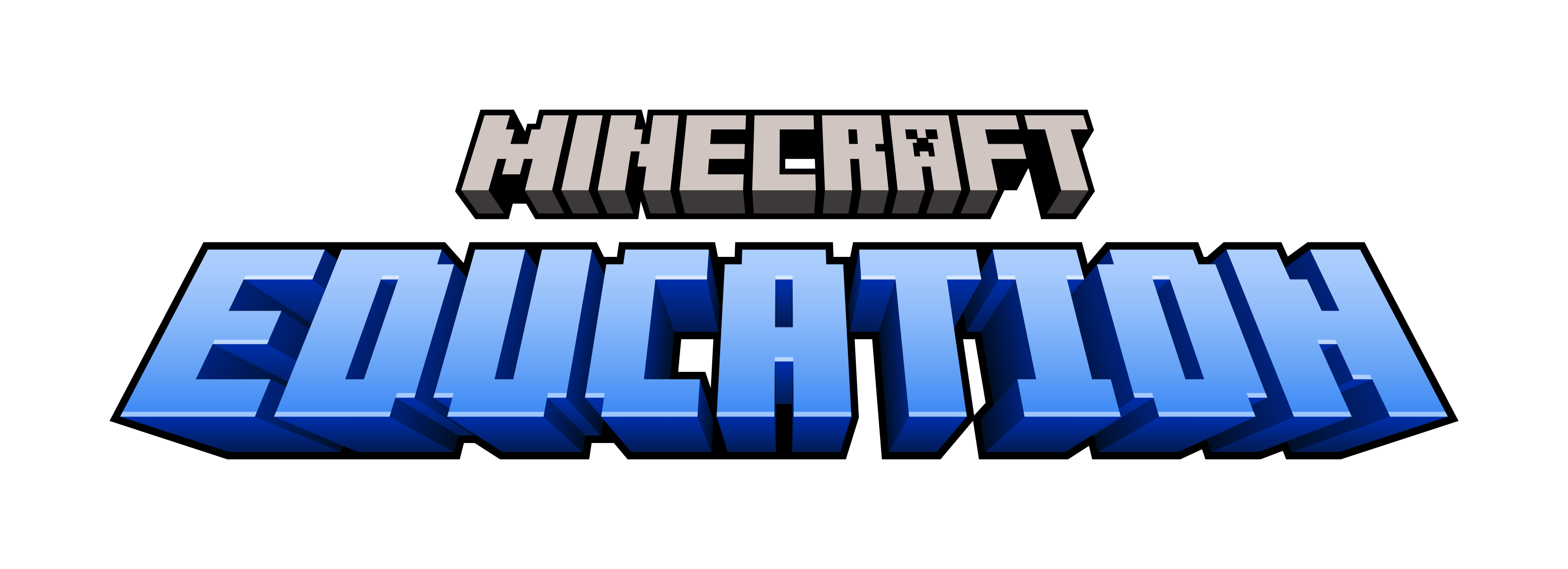Minecraft in the Music Classroom

Minecraft is one way of learning general elementary music skills that meets kids where they are in everyday life. Concepts such as instrument families, rhythms, and music notes can be learned, explored, and reinforced in a fun, creative and collaborative way. My favorite part of using Minecraft to teach aspects of elementary music is leveling the playing field with my young students. I learn more about Minecraft, they learn more about music, and we all learn more about each other.
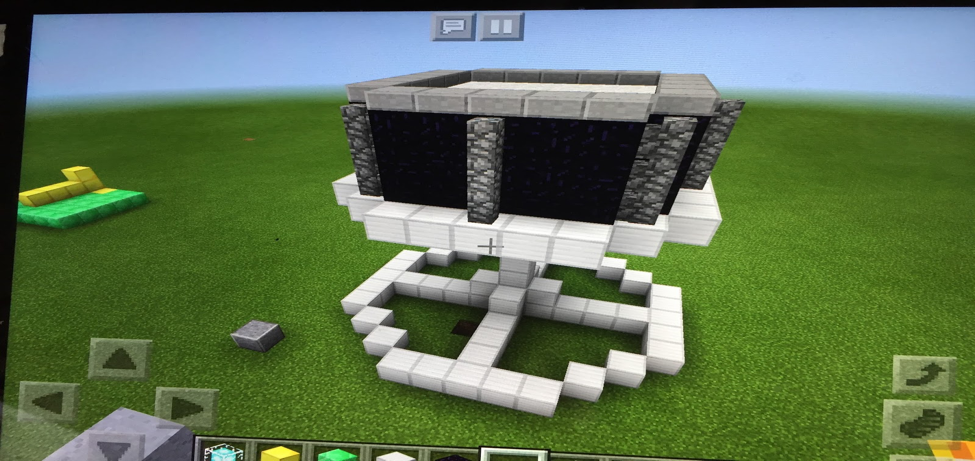 Children as Teachers
Children are thrilled by the opportunity to teach me AND learn from me. The music classroom becomes an opportunity for everyone to collaborate and share their knowledge. Such multi-generational learning is a powerful experience now and an important skill that serves the future both in classrooms, in the workplace, and in society. Several years ago as Minecraft began showing up more and more in classrooms, I knew my young students would be excited to incorporate it as a learning tool. But I immediately faced two challenges; not knowing how to play, and not seeing anyone using it in the music classroom. Learning how to play was easy; I simply asked my students to teach me. They were empowered and excited by the opportunity to teach their teacher, which built relationships with kids I had been struggling to reach in my classroom. We developed a better understanding and appreciation for one another, which made other aspects of music class better for all. Though I was attending workshops, conferences, and searching blogs and internet posts, I was not finding ways to incorporate Minecraft into my music classroom. So I considered what concepts I teach, the different ways I teach them, and decided where substitutions could be made with Minecraft to learn and demonstrate understanding.
Children as Teachers
Children are thrilled by the opportunity to teach me AND learn from me. The music classroom becomes an opportunity for everyone to collaborate and share their knowledge. Such multi-generational learning is a powerful experience now and an important skill that serves the future both in classrooms, in the workplace, and in society. Several years ago as Minecraft began showing up more and more in classrooms, I knew my young students would be excited to incorporate it as a learning tool. But I immediately faced two challenges; not knowing how to play, and not seeing anyone using it in the music classroom. Learning how to play was easy; I simply asked my students to teach me. They were empowered and excited by the opportunity to teach their teacher, which built relationships with kids I had been struggling to reach in my classroom. We developed a better understanding and appreciation for one another, which made other aspects of music class better for all. Though I was attending workshops, conferences, and searching blogs and internet posts, I was not finding ways to incorporate Minecraft into my music classroom. So I considered what concepts I teach, the different ways I teach them, and decided where substitutions could be made with Minecraft to learn and demonstrate understanding.
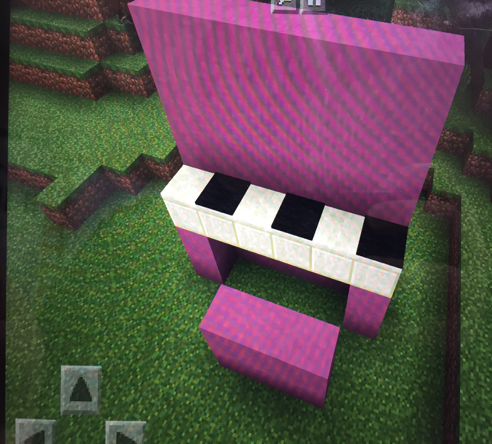 Collaboration
Learning the four families of instruments (strings, woodwinds, brass, and percussion) is a topic that is scaffolded year to year in K-5. After discovering the instruments and exploring them in the classroom, students were asked to consider the four families, choose their favorite instrument from one of the families, and build it in Minecraft. “Expert” builders were paired with students that had little or no Minecraft experience. The reflective conversation around what instruments were in each family, which one to choose, then how to build in Minecraft was immersive for the kids and exciting for me. I had the opportunity to not only observe how and what my students had learned in music, but also how they processed, shared and taught their knowledge of Minecraft and music with each other. Collaboration, creativity, and total immersion ensued as quiet chatter and decision making happened. As students needed assistance or approval, they went to other pairs of children to discuss and share ideas. Suddenly a room of 18-23 children was a buzzing, creative hub with discussion about music and Minecraft, praise and critique, and a lot of learning with a heavy layer of excitement.
Collaboration
Learning the four families of instruments (strings, woodwinds, brass, and percussion) is a topic that is scaffolded year to year in K-5. After discovering the instruments and exploring them in the classroom, students were asked to consider the four families, choose their favorite instrument from one of the families, and build it in Minecraft. “Expert” builders were paired with students that had little or no Minecraft experience. The reflective conversation around what instruments were in each family, which one to choose, then how to build in Minecraft was immersive for the kids and exciting for me. I had the opportunity to not only observe how and what my students had learned in music, but also how they processed, shared and taught their knowledge of Minecraft and music with each other. Collaboration, creativity, and total immersion ensued as quiet chatter and decision making happened. As students needed assistance or approval, they went to other pairs of children to discuss and share ideas. Suddenly a room of 18-23 children was a buzzing, creative hub with discussion about music and Minecraft, praise and critique, and a lot of learning with a heavy layer of excitement.
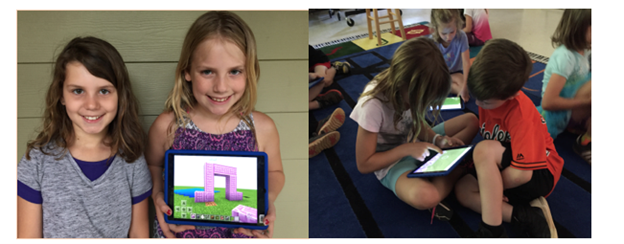 As projects were completed, students were thrilled to show me their creations. While there was definitely a wide range of building achievements, students did not seem to care that their project may look more or less like a piano based on their comfort level in Minecraft. In fact, some of the least experienced pairings were as proud as the expert builders because they had done it themselves or with the help of other students.
As projects were completed, students were thrilled to show me their creations. While there was definitely a wide range of building achievements, students did not seem to care that their project may look more or less like a piano based on their comfort level in Minecraft. In fact, some of the least experienced pairings were as proud as the expert builders because they had done it themselves or with the help of other students.
 Differentiated Instruction
The opportunity to differentiate instruction in Minecraft is an easy one. Students that had never played were excited to have learned the game and built something that they could recognize, even if it wasn’t as detailed as what their more experienced peers built. On the other hand, the most experienced builders had very detailed instruments that actually played music. The beauty of both end of the spectrum being present was the experienced builders did not brag, and the less experienced players were able to see what was possible with more experience.
Differentiated Instruction
The opportunity to differentiate instruction in Minecraft is an easy one. Students that had never played were excited to have learned the game and built something that they could recognize, even if it wasn’t as detailed as what their more experienced peers built. On the other hand, the most experienced builders had very detailed instruments that actually played music. The beauty of both end of the spectrum being present was the experienced builders did not brag, and the less experienced players were able to see what was possible with more experience.
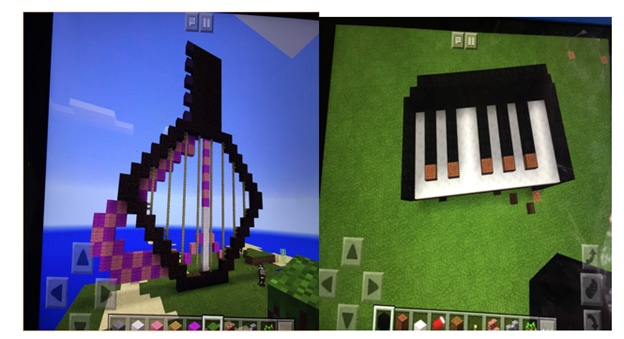 Minecraft is used in our elementary music class to build instruments that exist, create instruments that don’t exist but would be fun or interesting, and build music shops! Students also demonstrate their understanding of music writing through Minecraft. The basics such as the staff, treble and bass clef, rhythms, notes, dynamics and articulations; all of these tools of music that children learn throughout elementary music can be demonstrated and explored in Minecraft. The level of creativity, expression, and collaboration that can be experienced simultaneously to learning the basic tools of music make learning in Minecraft a new twist on some very old skills and drills. Beyond those basics implementations, the possibilities are endless. Music math, music composition with noteblocks, designing ensembles of instruments; whatever you or your students’ minds can think of can be explored, discovered, developed and created in Minecraft. Paula Williams is the
Music Director High Meadows School, Percussion Director Pope HS. You can follow her on Twitter at:
@Paulamichele84
Minecraft is used in our elementary music class to build instruments that exist, create instruments that don’t exist but would be fun or interesting, and build music shops! Students also demonstrate their understanding of music writing through Minecraft. The basics such as the staff, treble and bass clef, rhythms, notes, dynamics and articulations; all of these tools of music that children learn throughout elementary music can be demonstrated and explored in Minecraft. The level of creativity, expression, and collaboration that can be experienced simultaneously to learning the basic tools of music make learning in Minecraft a new twist on some very old skills and drills. Beyond those basics implementations, the possibilities are endless. Music math, music composition with noteblocks, designing ensembles of instruments; whatever you or your students’ minds can think of can be explored, discovered, developed and created in Minecraft. Paula Williams is the
Music Director High Meadows School, Percussion Director Pope HS. You can follow her on Twitter at:
@Paulamichele84
